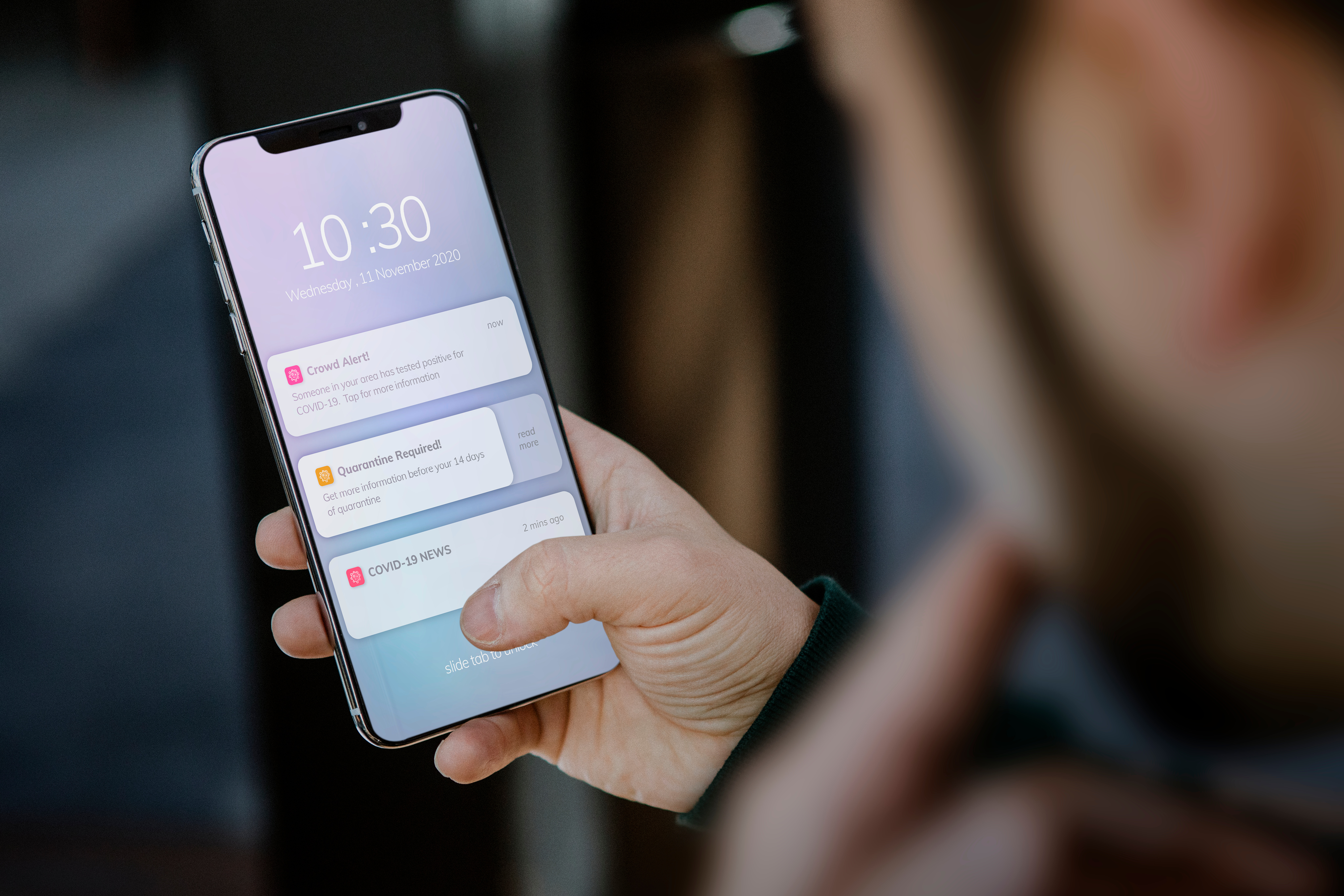The app market is growing massively every year. Thanks to portable devices, smartphones, and wearables, the market is more diverse than ever. This means there is a huge opportunity for would-be developers. However, there is also a great deal of competition – unless you’ve found the one-in-a-million idea that’s evaded all the other developers out there (if that’s you, give us a call!).
So what does this mean? Well, to paraphrase Shania Twain; So you’ve developed a new app? That don’t impress me much. As much work as it may be, developing your app and getting it live on an app store doesn’t mean your work is done. If you want your app to be successful, you need to track its performance. But how do I measure this performance and make improvements we hear you ask? Well, in this guide we’ll explore the major key performance indicators (or KPIs) that you should be measuring when it comes to your app.
Why KPIs Matter
To stay ahead in an oversaturated market, you need every advantage you can get. Thankfully, thanks to data made available through digital technology, you can get a clear picture of how your app is performing. If you’d like your app to be successful, you need to understand whether users are getting a good experience. More importantly, however, if things aren’t working, you need to understand why.
Even the largest and most successful developers out there have benchmarks and KPIs that they use, so unless you’re doing better than they are, it makes sense for you to do the same.
There are quite a number of metrics that you can track, but not all of them are relevant to every app. Here are the most important metrics to monitor when it comes to your app.
Downloads:
This metric is fairly self-explanatory, but essentially is the cumulative number of times your app is downloaded over its history. Although this may seem like a simple metric, it helps to set the platform for your other KPIs.
For example, if your app has a very low number of downloads, and that number hasn’t shifted for a period of time, you’ll likely have some big problems that you need to fix. Conversely, a high number of downloads points to the fact that something is working.
High downloads also act as social proof on an app store. Think about it, if an app has a higher number of downloads than its competitors, this will cast it in a favourable light with prospective users.
User ratings:
Another important metric is user ratings. These matter for a number of reasons. Firstly, they can help you to improve your app and spot problems quickly. If you are getting consistent comments and reviews that point to the same problem or issue, you’ll know what improvements you need to make.
A high number of positive ratings will make your app more attractive to new users and improve your ranking in search results on your app store of choice. Negative reviews can be overcome if you address the concerns and prove that you’ve made efforts to update your app accordingly.
Retention rate:
The retention rate of your app indicates how many users come back to your app after using it for the first time. Think of it like dating – if people have a good time on the first date, they’re more likely to want to meet up again. First impressions matter in all walks of life, including app development.
If you have a low retention rate, the steps to take are pretty clear. Your marketing is working as you’re getting downloads, but once people use it for the first time, they aren’t getting any value. The fix will depend on your app and your users. Although it’s important to get a high number of downloads and installations, these actions won’t count for much if you can’t keep your users around. Many consider this to be one of the most important metrics when it comes to an app, so be sure to pay close attention to these numbers.
In-app purchases/subscribers:
If you generate income from your app, you need to pay attention to these numbers. Just any other business would review its sales, you need to do the same. How you measure this will vary depending on the nature of your, but whatever you sell, you want to see these numbers going up.
For example, if your subscribers are going down, this is an indicator that users may not see value in what you’re offering. This will eat into your potential revenue, so you may need to review your pricing or the user experience that you’re offering.
Active users:
Your active users will fall into three different categories: Daily, weekly, and monthly users. To measure your users, you need to know how many users you get on a daily, weekly and monthly basis. In an ideal world, you want to see these numbers increase over time. The most important of these will depend on the nature of your app. If you have a banking app, for example, daily checks might be less important. If your app is more entertainment or revenue-orientated, however, more frequent use is important.
User experience and performance:
Lastly, you need to understand how your app is functioning. You need to understand the load speed of your app as a slow load speed will harm your retention rate. Screen resolution, crash reports and other metrics that indicate the experience that your users are having should all be monitored regularly.
When it comes to creating a successful app, the numbers matter. If you follow the metrics in this guide, you’ll be able to monitor and improve the metrics of your app. Looking for support? Find out more about our range of app development and app promotion services.



